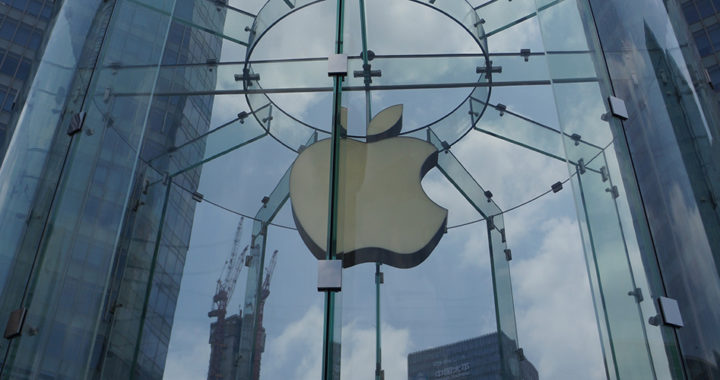Apple products are notoriously expensive when compared to similar products from competitors. The current generations of the iPhone are several hundreds of dollars more expensive than the flagship and high-end Android phones in the market. The Mac line of macOS desktop and laptop computers is also more expensive than similar high-end Windows-based laptops from established manufacturers.
Understanding why Apple priced its products higher than the counterparts from its competitors require an understanding of its business strategy, as well as the elements of its marketing strategy.
Why Apple Products are Expensive: Reasons and Explanations
1. Maximizing Profitability Through Pricing Strategy
For starters, the company uses a combination of revenue-oriented pricing model and a contribution margin-based pricing. Under the revenue-oriented model, Apple sells products at price points higher than the costs used in production. This model allows the company to maximize its profits by maintaining surplus income over costs.
The contribution margin-based model is also similar to the revenue-oriented model. Based on this pricing consideration, Apple maximizes the profit derived from an individual product by maintaining the difference between price and the variable costs, as well as by taking into account the relationship between price and the number of units that can be sold.
Remember that Apple is a publicly traded company. Its primary responsibility is to promote the interests of its shareholders and adhere to the traditional economic model of corporate social responsibility. Hence, the high prices of Apple products are intentional.
2. Positioning Through Premium Pricing and Branding
A company cannot simply sell expensive products, especially if it operates within a very competitive market. However, given an established tenure and a favorable reputation in the industry, it can position its products in a manner that it exudes superiority or luxury. Apple enjoys this privilege because of its notable accomplishments centered on introducing game-changing and innovative products.
Hence, another reason why Apple products are expensive is that premium pricing helps the company promote and sustain an intended brand image. Take note that there are consumers who associate high prices with outstanding quality and thereby, exceptional reputation and distinction. This means that the high price tags position further Apple products as superior over their competitors.
It is also essential to note the fact that premium pricing is both a pricing strategy and a product strategy. A high price tag also positions a product as a luxury item. An image of luxury complements first-rate design and exceptional built quality. Nonetheless, patrons of luxury items do not mind paying a premium to maintain a sense of indulgence or promote a status symbol.
3. Development and Other Marketing Considerations
Innovation and effective marketing are crucial to the success of Apple. The company has been spending billions of dollars on research and development or R&D to keep up with the pace of technology and introduce new products. In addition, it also spends on different marketing tactics to include specific distribution and promotional strategies to ensure its products efficiently reach its products.
While Apple has optimized its production capabilities to lower its costs through supply chain management, outsourcing, and mass production, R&D and marketing also generate costs that need to be covered through an effective cash flow management.
In other words, aside from the need to maintain profitability to benefit its investors and support a premium brand positioning, another reason why Apple products are expensive is to maintain its sustainability through R&D and marketing. Lowering its prices would hurt its cash flow and negatively affect facets of its operations beyond production.
